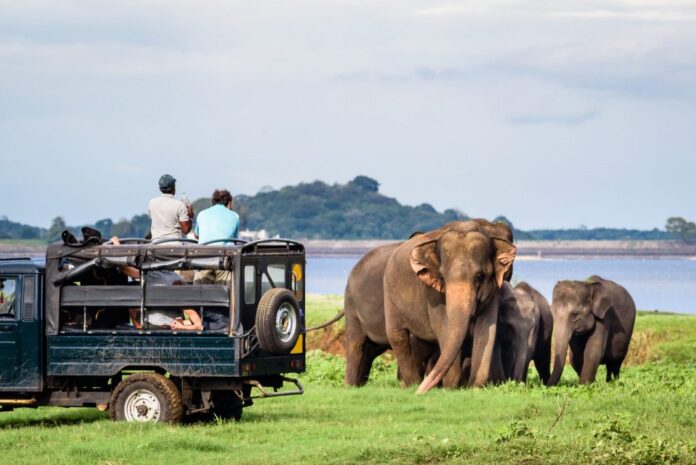Rising interest rates and falling export demand are blunting the post-COVID economic resurgence of many Asian economies.
But for Sri Lanka, the only country in the region to default on its official debt amid the economic squeeze caused by the pandemic and the Ukraine war, these are sunny days” said co-fund manager of Asia Frontier Capital’s AFC Asia Frontier Fund. Ruchir Desai.
Tourism revenue and remittances from Sri Lankan workers overseas have come roaring back. Inflation, which reached 70% last September, was back down to 6.3% in July. As a result, the Central Bank of Sri Lanka has cut its benchmark interest rate by 4.5 percentage points since June.
Last year’s default was the result of a confluence of factors depleting Sri Lanka’s foreign exchange reserves. Receipts from tourism, an industry that previously brought in close to $5 billion a year in foreign exchange earnings, plunged after the 2019 Easter Sunday bombings of three churches and three luxury hotels; visitors did not return amid COVID-19. Heavy external borrowings, populist moves to cut taxes and political infighting took their toll on investor confidence and the country’s macroeconomic position.
The outbreak of the Ukraine war last year then delivered an unbearable blow. With foreign reserves running low, the country had to deal with soaring costs for imported food and fuel. The government could not turn to international capital markets to shore up its reserves given the lack of confidence in its ability to repay in addition to rising global interest rates.
The Central Bank of Sri Lanka was forced to print money to finance the government’s deficit. This led to a collapse in the value of the Sri Lankan rupee, accelerating inflation. With the government unable to provide or pay for the daily necessities and prices skyrocketing, then-President Gotabaya Rajapaksa was forced to flee the country in July 2022.
Ranil Wickremesinghe, his successor, quickly took measures to stabilize the situation by opening talks with the International Monetary Fund on a loan and getting interim support from regional neighbors like India. A new central bank governor raised benchmark interest rates by 8 percentage points over the course of 2022 to try to put a lid on inflation and bring a degree of macroeconomic stability.
In the first half of the year, tourism revenues reached almost $1 billion while inbound remittances reached $3 billion.
Companies, meanwhile, are benefiting from greater dollar availability and stable power supplies. The IMF, which approved support for Colombo in March, estimates Sri Lanka’s current-account deficit will be around 1.5% of gross domestic product from this year onward.
A government domestic debt restructuring program has removed a lot of uncertainty, especially within the Sri Lankan banking sector. Colombo is in discussions with external creditors on restructuring the country’s external debt. The government also continues to follow through on its reform program.
The rupee and the country’s stock market have reacted positively to recent macroeconomic developments; both have been among the world’s best performers so far this year. The decline in inflation and interest rates, the rebound in tourism and the commitment of the government to reform bode well for Sri Lanka’s outlook.
Execution has not been the strongest area for Sri Lankan policymakers. But with the support of the IMF, neighboring countries and investors, Sri Lanka cannot ask for a better platform to generate sustainable and all-around economic growth.
Source – Daily News















